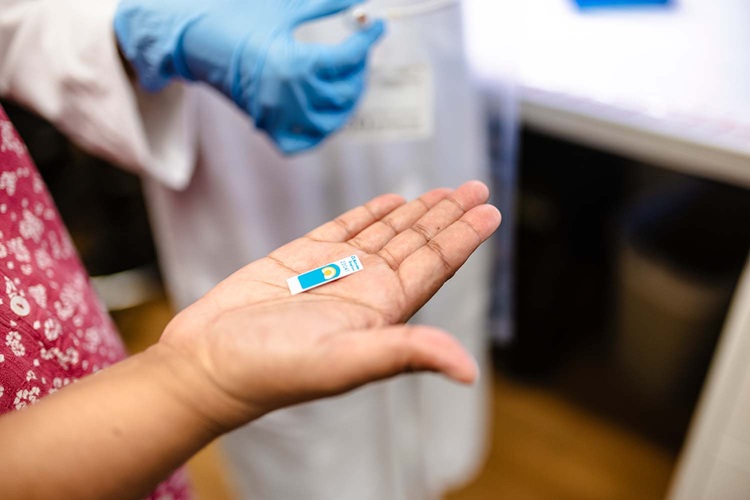Differential Immune Responses Triggered against Salmonella enterica
|
By LabMedica International staff writers Posted on 06 Sep 2019 |

Image: NETosis Assay Kit: PMA induces neutrophil extracellular trap (NET) formation in human neutrophils (Photo courtesy of Cayman Chemical).
Enteric fevers, caused by the Salmonella enterica serovars Typhi (ST), Paratyphi A (PA) and Paratyphi B (PB), are life-threatening illnesses exhibiting very similar clinical symptoms but with distinct epidemiologies, geographical distributions and susceptibilities to antimicrobial treatment.
In humans, the only reservoir for these infections, the disease spreads by the fecal-oral route via contaminated food and water. ST, PA and PB adhere to and invade the distal ileum epithelium and, subsequently, disseminate to cause enteric fevers. Intestinal epithelium and immune cells play a pivotal role in sensing and directing immune responses to maintain homeostasis.
Scientists at the University of Maryland School of Medicine (Baltimore, MD, USA) and their colleagues used a three-dimensional organotypic model of the human intestinal mucosa and PA, PB, and ST, and they observed significant differences in the secretion patterns of pro-inflammatory cytokines and chemokines elicited by these serovars. Blood samples were taken from healthy volunteers.
Levels of elastase and myeloperoxidase (MPO) in culture supernatants were measured by using commercial NETosis and polymorphonuclear leukocyte (PMN) Activity Myeloperoxidase Assay kits, respectively. For flow cytometric assays, single cells were stained with a dead-cell discriminator, violet fluorescent viability dye and then stained intracellularly for IL-6, IL-8, CCL3, and TNF-α, and fixed with 1% formaldehyde. Data were analyzed by flow cytometry on an LSR-II instrument. Isolation of total cellular RNA was performed and processed.
The team reported that cytokines/chemokines were likely to be co-regulated and influenced the function of epithelial cells, such as the production of IL-8. They also found differing levels of polymorphonuclear leukocyte (PMN) migration among various infection conditions that either included or excluded lymphocytes and macrophages (Mϕ), strongly suggesting feedback mechanisms among these cells. Blocking experiments showed that IL-1β, IL-6, IL-8, TNF-α and CCL3 cytokines were involved in the differential regulation of migration patterns.
The authors concluded that the crosstalk among the lymphocytes, Mϕ, PMN and epithelial cells is cytokine/chemokine-dependent and bacterial-serotype specific, and plays a pivotal role in orchestrating the functional efficiency of the innate cells and migratory characteristics of the leukocytes. The study was published on August 14, 2019, in the journal PLOS Neglected Tropical Diseases.
Related Links:
University of Maryland School of Medicine
In humans, the only reservoir for these infections, the disease spreads by the fecal-oral route via contaminated food and water. ST, PA and PB adhere to and invade the distal ileum epithelium and, subsequently, disseminate to cause enteric fevers. Intestinal epithelium and immune cells play a pivotal role in sensing and directing immune responses to maintain homeostasis.
Scientists at the University of Maryland School of Medicine (Baltimore, MD, USA) and their colleagues used a three-dimensional organotypic model of the human intestinal mucosa and PA, PB, and ST, and they observed significant differences in the secretion patterns of pro-inflammatory cytokines and chemokines elicited by these serovars. Blood samples were taken from healthy volunteers.
Levels of elastase and myeloperoxidase (MPO) in culture supernatants were measured by using commercial NETosis and polymorphonuclear leukocyte (PMN) Activity Myeloperoxidase Assay kits, respectively. For flow cytometric assays, single cells were stained with a dead-cell discriminator, violet fluorescent viability dye and then stained intracellularly for IL-6, IL-8, CCL3, and TNF-α, and fixed with 1% formaldehyde. Data were analyzed by flow cytometry on an LSR-II instrument. Isolation of total cellular RNA was performed and processed.
The team reported that cytokines/chemokines were likely to be co-regulated and influenced the function of epithelial cells, such as the production of IL-8. They also found differing levels of polymorphonuclear leukocyte (PMN) migration among various infection conditions that either included or excluded lymphocytes and macrophages (Mϕ), strongly suggesting feedback mechanisms among these cells. Blocking experiments showed that IL-1β, IL-6, IL-8, TNF-α and CCL3 cytokines were involved in the differential regulation of migration patterns.
The authors concluded that the crosstalk among the lymphocytes, Mϕ, PMN and epithelial cells is cytokine/chemokine-dependent and bacterial-serotype specific, and plays a pivotal role in orchestrating the functional efficiency of the innate cells and migratory characteristics of the leukocytes. The study was published on August 14, 2019, in the journal PLOS Neglected Tropical Diseases.
Related Links:
University of Maryland School of Medicine
Latest Microbiology News
- Breakthroughs in Microbial Analysis to Enhance Disease Prediction
- Blood-Based Diagnostic Method Could Identify Pediatric LRTIs
- Rapid Diagnostic Test Matches Gold Standard for Sepsis Detection
- Rapid POC Tuberculosis Test Provides Results Within 15 Minutes
- Rapid Assay Identifies Bloodstream Infection Pathogens Directly from Patient Samples
- Blood-Based Molecular Signatures to Enable Rapid EPTB Diagnosis
- 15-Minute Blood Test Diagnoses Life-Threatening Infections in Children
- High-Throughput Enteric Panels Detect Multiple GI Bacterial Infections from Single Stool Swab Sample
- Fast Noninvasive Bedside Test Uses Sugar Fingerprint to Detect Fungal Infections
- Rapid Sepsis Diagnostic Device to Enable Personalized Critical Care for ICU Patients
- Microfluidic Platform Assesses Neutrophil Function in Sepsis Patients
- New Diagnostic Method Confirms Sepsis Infections Earlier
- New Markers Could Predict Risk of Severe Chlamydia Infection
- Portable Spectroscopy Rapidly and Noninvasively Detects Bacterial Species in Vaginal Fluid
- CRISPR-Based Saliva Test Detects Tuberculosis Directly from Sputum
- Urine-Based Assay Diagnoses Common Lung Infection in Immunocompromised People
Channels
Clinical Chemistry
view channel
POC Breath Diagnostic System to Detect Pneumonia-Causing Pathogens
Pseudomonas aeruginosa is a major cause of hospital-acquired and ventilator-associated pneumonia, particularly in lung transplant recipients and patients with structural lung disease. Its ability to form... Read more
Online Tool Detects Drug Exposure Directly from Patient Samples
Doctors often rely on patient interviews and medical records to determine what medications a person has taken, but this information is frequently incomplete. People may forget drugs they used, take over-the-counter... Read moreMolecular Diagnostics
view channel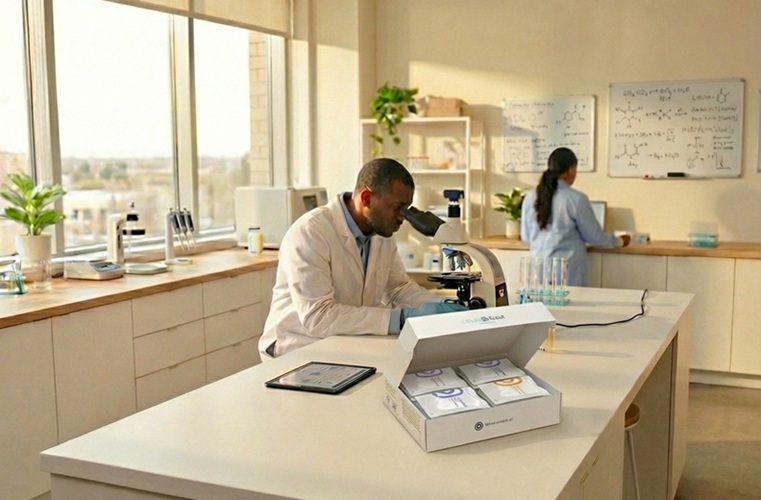
STI Molecular Test Delivers Rapid POC Results for Treatment Guidance
An affordable, rapid molecular diagnostic for sexually transmitted infections (STIs) has the potential to be globally relevant, particularly in resource-limited settings where rapid, point-of-care results... Read more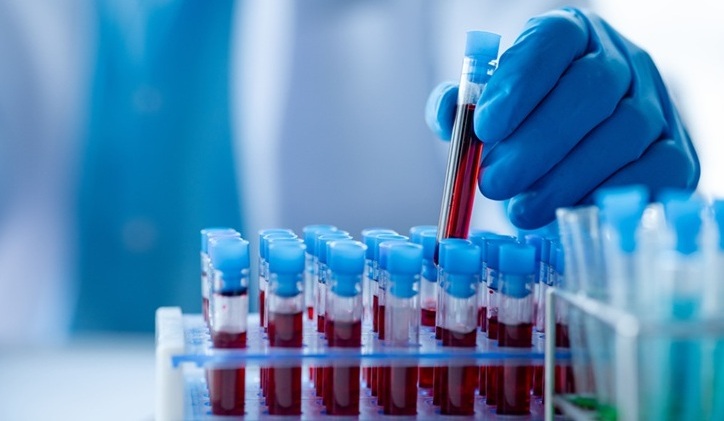
Blood Biomarker Improves Early Brain Injury Prognosis After Cardiac Arrest
After a cardiac arrest, many patients remain unconscious for days, leaving doctors and families facing uncertainty about whether meaningful recovery is possible. Current tools to assess brain damage, including... Read more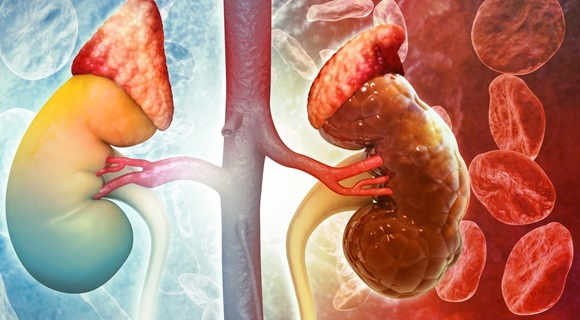
Biomarkers Could Identify Patients at High Risk of Severe AKI After Major Surgery
Acute kidney injury is one of the most common and dangerous complications after major surgery, particularly among patients in intensive care. Even mild impairment of kidney function can lead to long-term... Read more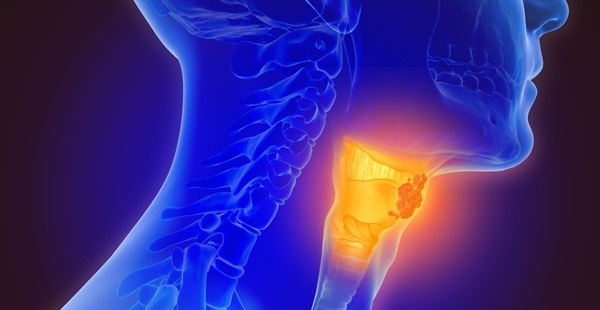
CLIA Test Identifies Head and Neck Cancer Recurrence from Post-Surgical Lymphatic Fluid
While the lymphatic system’s critical role in metastasis has long been recognized, routine access to patient lymph has been elusive. Now, a non-invasive process can access lymph through the collection... Read moreHematology
view channel
MRD Tests Could Predict Survival in Leukemia Patients
Acute myeloid leukemia is an aggressive blood cancer that disrupts normal blood cell production and often relapses even after intensive treatment. Clinicians currently lack early, reliable markers to predict... Read more
Platelet Activity Blood Test in Middle Age Could Identify Early Alzheimer’s Risk
Early detection of Alzheimer’s disease remains one of the biggest unmet needs in neurology, particularly because the biological changes underlying the disorder begin decades before memory symptoms appear.... Read more
Microvesicles Measurement Could Detect Vascular Injury in Sickle Cell Disease Patients
Assessing disease severity in sickle cell disease (SCD) remains challenging, especially when trying to predict hemolysis, vascular injury, and risk of complications such as vaso-occlusive crises.... Read more
ADLM’s New Coagulation Testing Guidance to Improve Care for Patients on Blood Thinners
Direct oral anticoagulants (DOACs) are one of the most common types of blood thinners. Patients take them to prevent a host of complications that could arise from blood clotting, including stroke, deep... Read moreMicrobiology
view channel
Breakthroughs in Microbial Analysis to Enhance Disease Prediction
Microorganisms shape human health, ecosystems, and the planet’s climate, yet identifying them and understanding how they are related remains a major scientific challenge. Even with modern DNA sequencing,... Read more
Blood-Based Diagnostic Method Could Identify Pediatric LRTIs
Lower-respiratory tract infections (LRTIs) are a leading cause of illness and death worldwide, and pneumonia is the leading infectious cause of death in children under five, claiming the lives of over... Read morePathology
view channel
Rapid Low-Cost Tests Can Prevent Child Deaths from Contaminated Medicinal Syrups
Medicinal syrups contaminated with toxic chemicals have caused the deaths of hundreds of children worldwide, exposing a critical gap in how these products are tested before reaching patients.... Read more
Tumor Signals in Saliva and Blood Enable Non-Invasive Monitoring of Head and Neck Cancer
Head and neck cancers are among the most aggressive malignancies worldwide, with nearly 900,000 new cases diagnosed each year. Monitoring these cancers for recurrence or relapse typically relies on tissue... Read more
Common Health Issues Can Influence New Blood Tests for Alzheimer’s Disease
Blood-based tests for Alzheimer’s disease are transforming diagnosis by offering a simpler alternative to spinal taps and brain imaging. However, many people evaluated at memory clinics also live with... Read more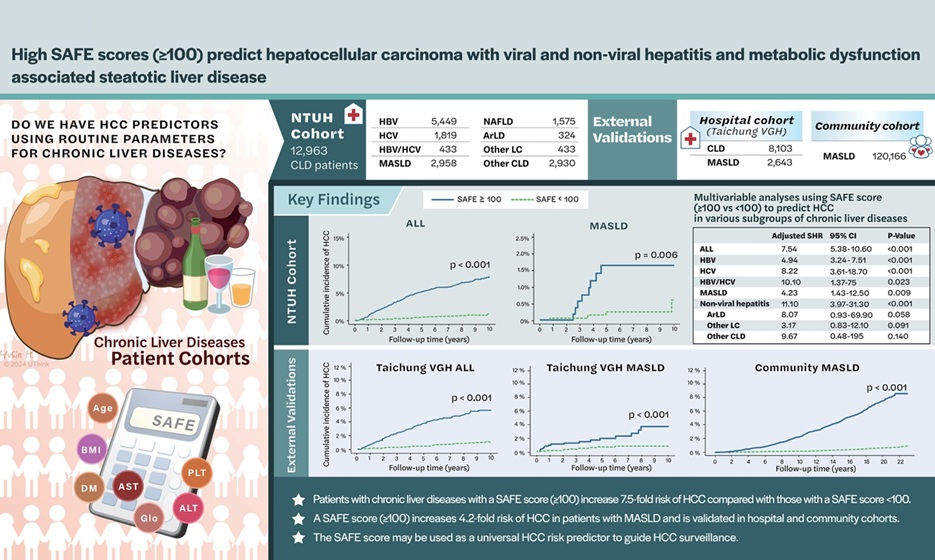
Blood Test Formula Identifies Chronic Liver Disease Patients with Higher Cancer Risk
Chronic liver disease affects millions worldwide and can progress silently to hepatocellular carcinoma (HCC), one of the deadliest cancers globally. While surveillance guidelines exist for patients with... Read moreTechnology
view channel
Machine Learning Models Diagnose ALS Earlier Through Blood Biomarkers
Amyotrophic lateral sclerosis (ALS) is a rapidly progressive neurodegenerative disease that is notoriously difficult to diagnose in its early stages. Early symptoms often overlap with other neurological... Read more
Artificial Intelligence Model Could Accelerate Rare Disease Diagnosis
Identifying which genetic variants actually cause disease remains one of the biggest challenges in genomic medicine. Each person carries tens of thousands of DNA changes, yet only a few meaningfully alter... Read moreIndustry
view channel
BD and Penn Institute Collaborate to Advance Immunotherapy through Flow Cytometry
BD (Becton, Dickinson and Company, Franklin Lakes, NJ, USA) has entered into a strategic collaboration with the Institute for Immunology and Immune Health (I3H, Philadelphia, PA, USA) at the University... Read more















